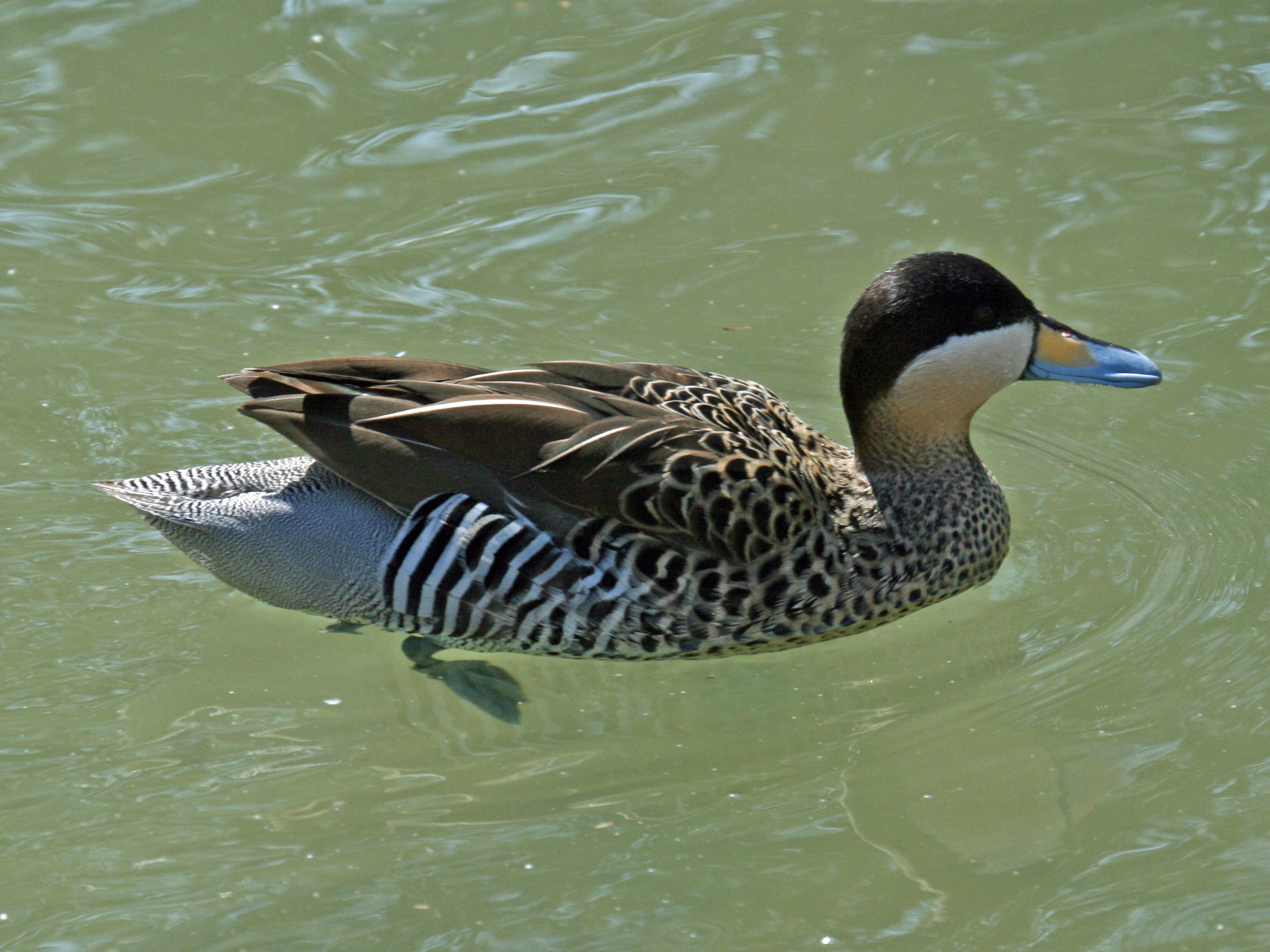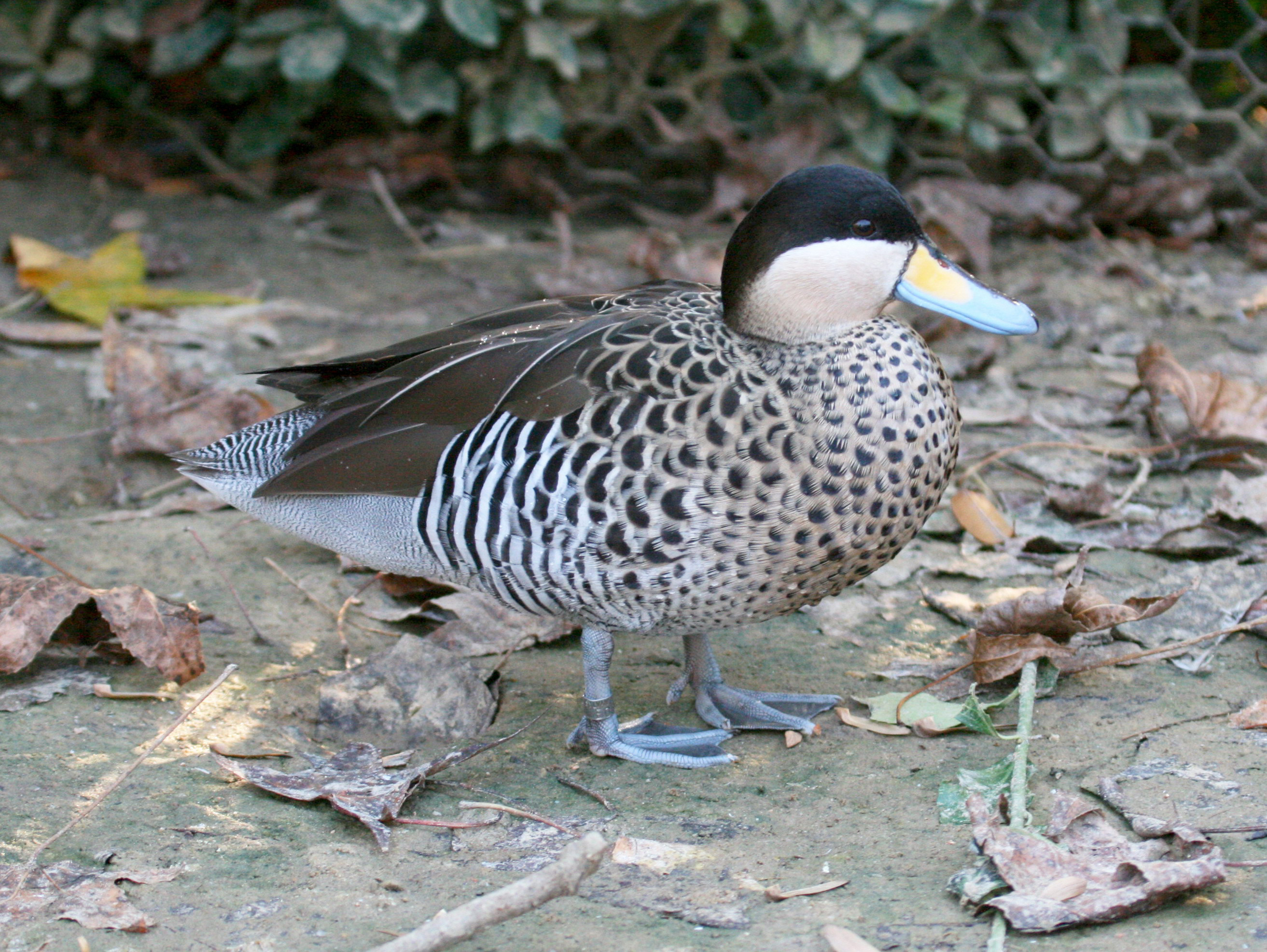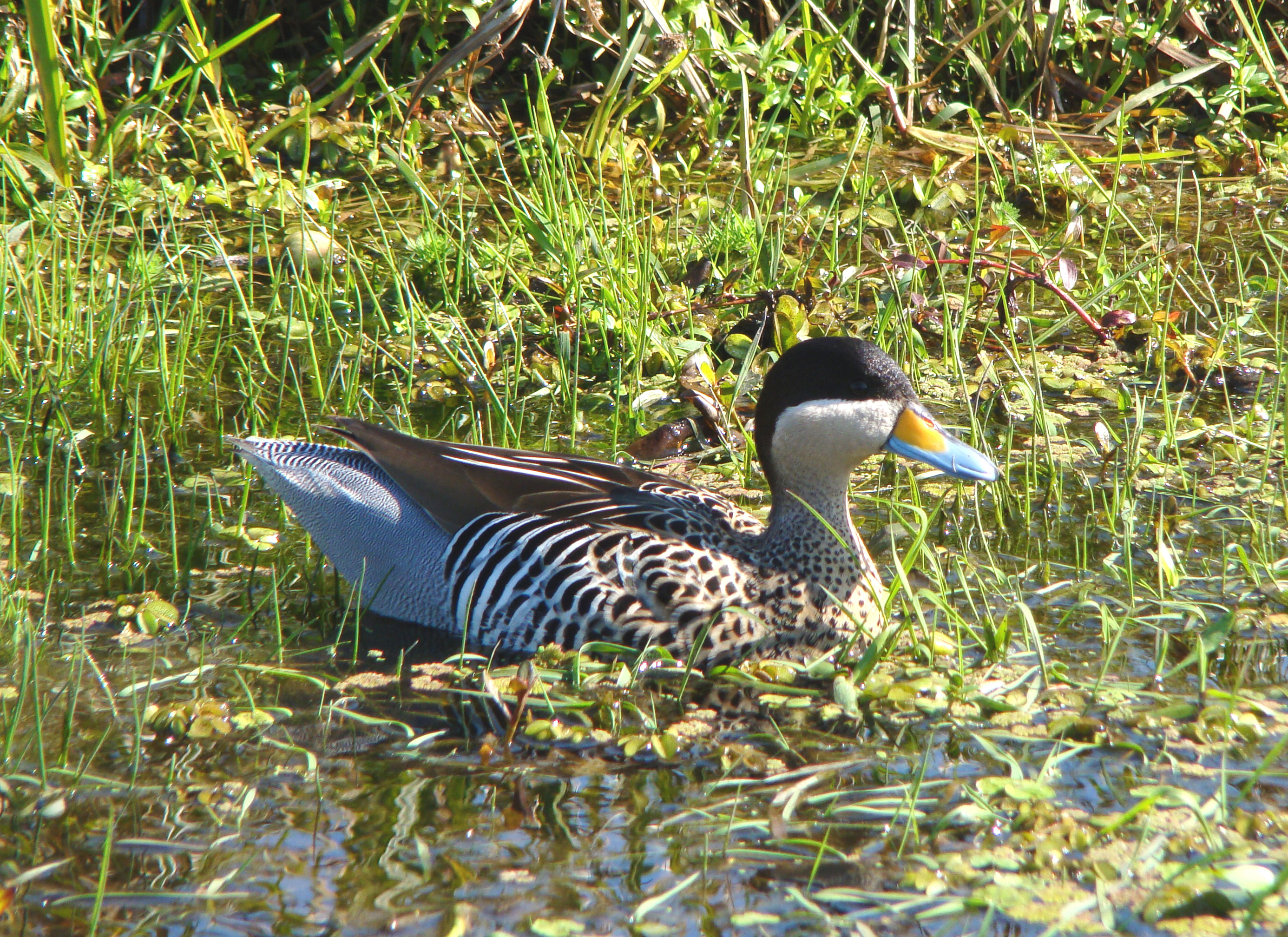The silver teal or versicolor teal, scientific name Spatula versicolor is a species of dabbling duck within the genus Spatula. It breeds in South America.
Silver Teal profile
The silver teal or Versicolor teal is a species of dabbling duck. It breeds in South America. The silver teal’s range consists of southern Bolivia, southern Brazil, Paraguay, Argentina, Chile, Uruguay, South Georgia, South Sandwich Islands, and the Falkland Islands. The southernmost birds migrate to southern Brazil within the winter.

Silver teals are on the whole placid geese however could also be protecting of eggs, younger and females.
They have a black cap that extends below the eyes, and a bluish bill with a yellow tip. They even have a green speculum with a white border.
Between April and June, they like reed beds and can lay 6 to 10 creamy-pink eggs. As with swans and geese, each parent will rear the ducklings. A pair could bond long time period.
It lives on contemporary water in small teams and feeds totally on vegetable matter similar to seeds and aquatic crops.
Ranges
The silver teal’s range consists of southern Bolivia, southern Brazil, Paraguay, Argentina, Chile, Uruguay, South Georgia, South Sandwich Islands, and the Falkland Islands. The southernmost birds migrate to southern Brazil within the winter.
Silver teals are on the whole placid geese however could also be protecting of eggs, younger and females.
Silver Teal Description
They have a black cap that extends below the eyes, and a bluish bill with a yellow tip. They even have a green speculum with a white border.
Nearly identical to the male, the feminine is barely duller and with the exception of the Puna, the salmon color on the bill is just not as giant as drakes.
Silver Teal Reproduction
Their breeding season within the wild is from October to January; in captivity, it’s from April to June. They are sexually mature the first year, however will not typically breed till they’re two.
Silver teals will make their nest under thick cover close to water, however, will settle for open-fronted nest boxes which are hidden.
The 8 to 10 eggs will hatch after 25 days. They will do properly in a blended assortment, however, will need some safety throughout the winter.
Silver Teal Status
This species has a particularly giant range and therefore doesn’t method the thresholds for Vulnerable under the range size criterion (Extent of Occurrence <20,000 km2 mixed with a declining or fluctuating range size, habitat extent/quality, or population size and a small variety of areas or extreme fragmentation).
The population development seems to be stable, and therefore the species doesn’t method the thresholds for Vulnerable under the population development criterion (>30% decline over ten years or three generations).
The population size may be very giant, and therefore doesn’t method the thresholds for Vulnerable under the population size criterion (<10,000 mature people with an unbroken decline estimated to be >10% in ten years or three generations, or with a specified population construction). For these causes, the species is evaluated as Least Concern (IUCN, 2012).
More Interesting Articles
- Poicephalus Parrot Profile, Care, Diet Facts and Species
- Wandering Albatross – Habitat | Size | Diet | Facts | Wingspan
- African Cape parrot Personality and Price for Sale
- Great Albatross Facts with Large Wingspan
- Meyer’s Parrot for Adoption and for Sale Near Me
- Waved albatross Profile | Traits | Breeding | Habitat | Facts
- White-faced Black Spanish Chicken Breed | Bantam | Hen | For Sale
- Harz Roller Canary – Singing Price For Sale
- Andalusian Chicken – Profile | Traits | Eggs | Breeds | Facts
- Minorca Chicken Breed | Recognized Variety | Buff | Black | For Sale
- Ancona Chicken Size For Sale | Breed | Eggs | Characteristics
- Catalana Chicken Breed – What to Know for Sale
- Hamburg Chicken Breed – Golden | Blue | Eggs | For Sale
- Rosy Faced lovebird – Agapornis roseicollis Lifespan
- Yellow collared Lovebird (Agapornis personatus) Facts
- Barred, Lineolated or Catherine Parakeet (Bolborhynchus lineola)
- Pacific Parrotlet (Forpus coelestis) – Lesson’s or Celestial Parrotlet
- Turquoise parrot – Neophema pulchella Parrotlet
- Java Sparrow – Java Finch Facts | Pet | Lifespan
- Eastern Rosella Parrot – Platycercus eximius Pet Bird
- Plum Headed Parakeet – Psittacula cyanocephala Facts
- Lilian’s Lovebird (Agapornis lilianae) – Facts | Price | Food | Care
- Alexandrine Parakeet – Alexandrine Parrot Size | Facts | Diet
- Sun Conure or Sun Parakeets – Life Span | Food | Price




